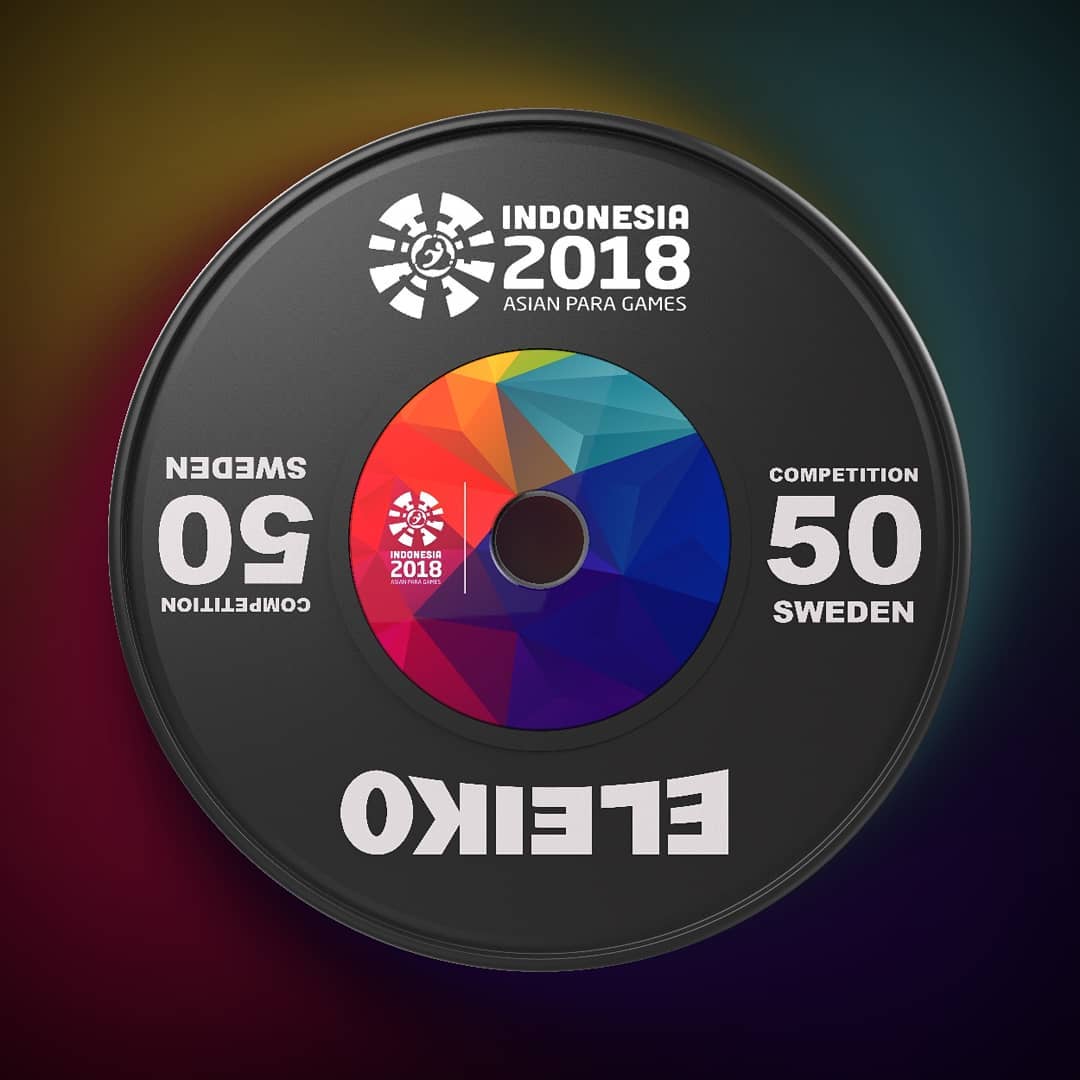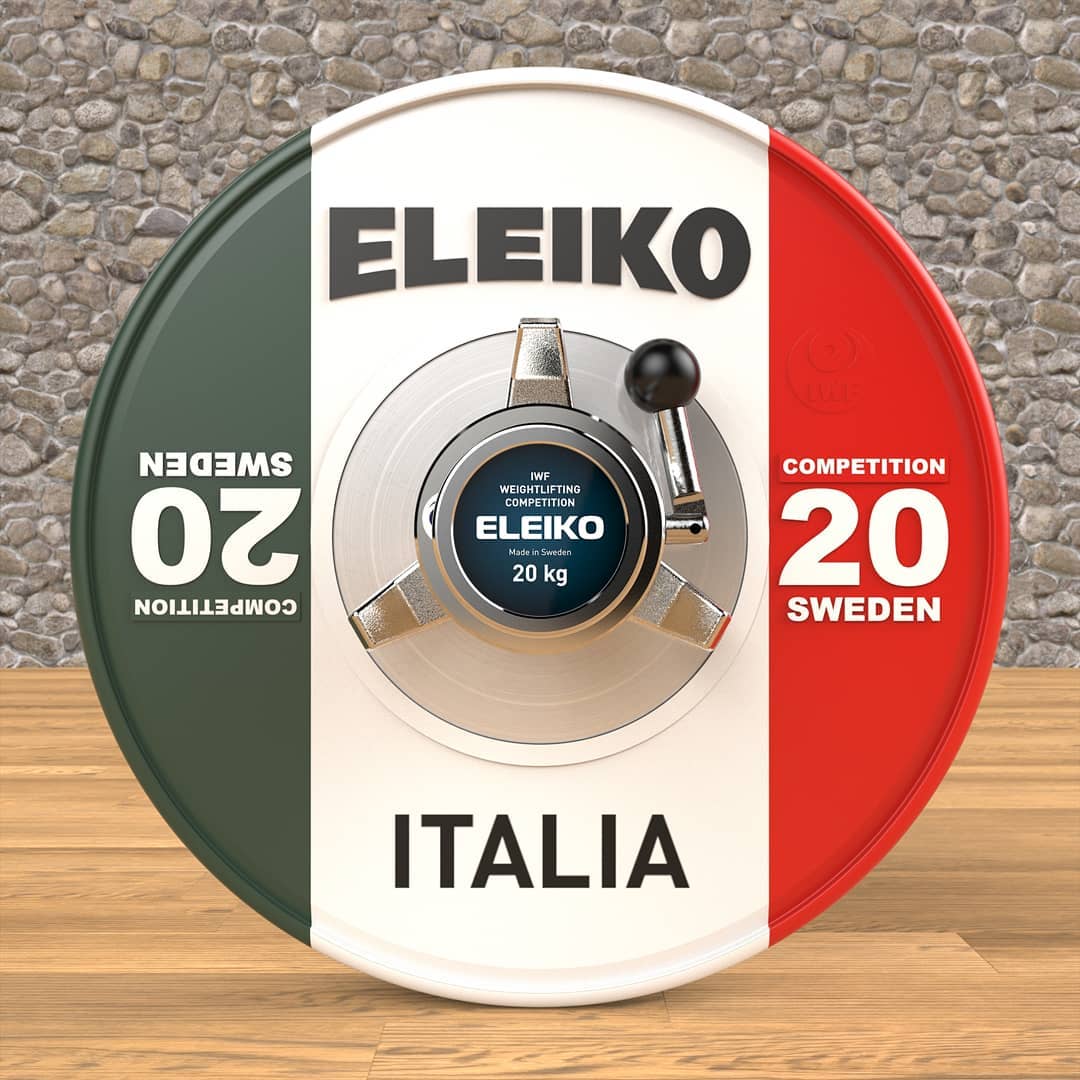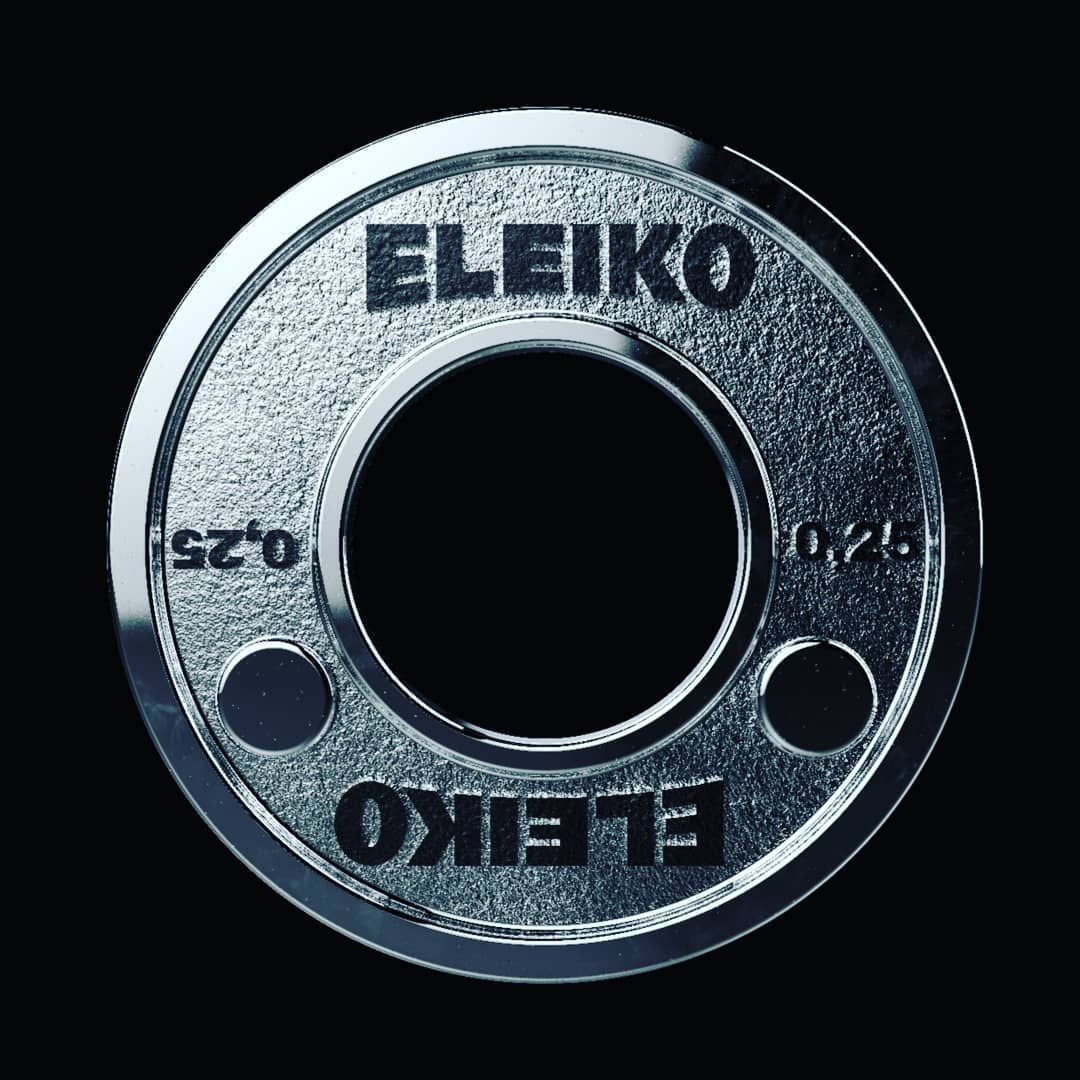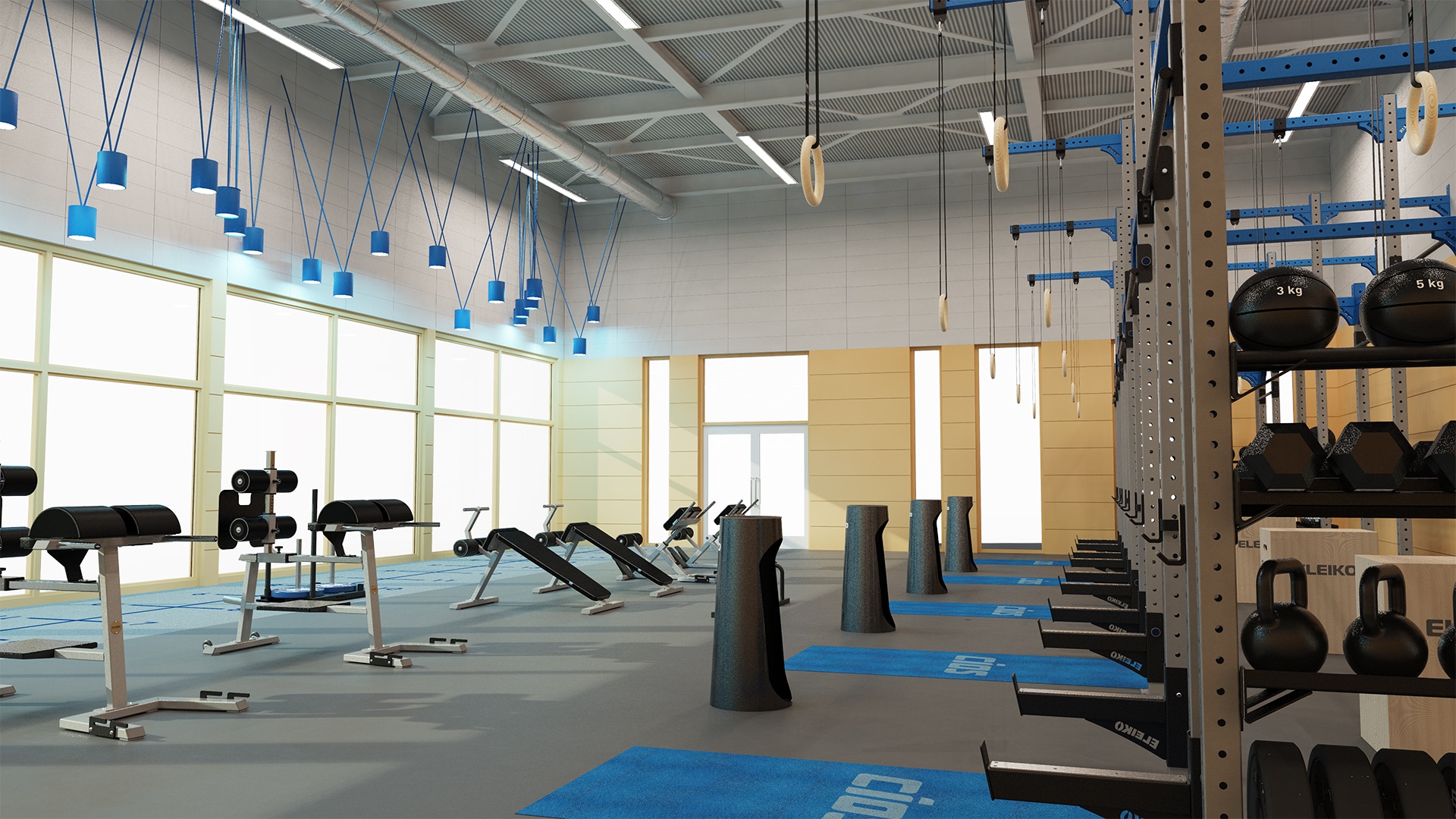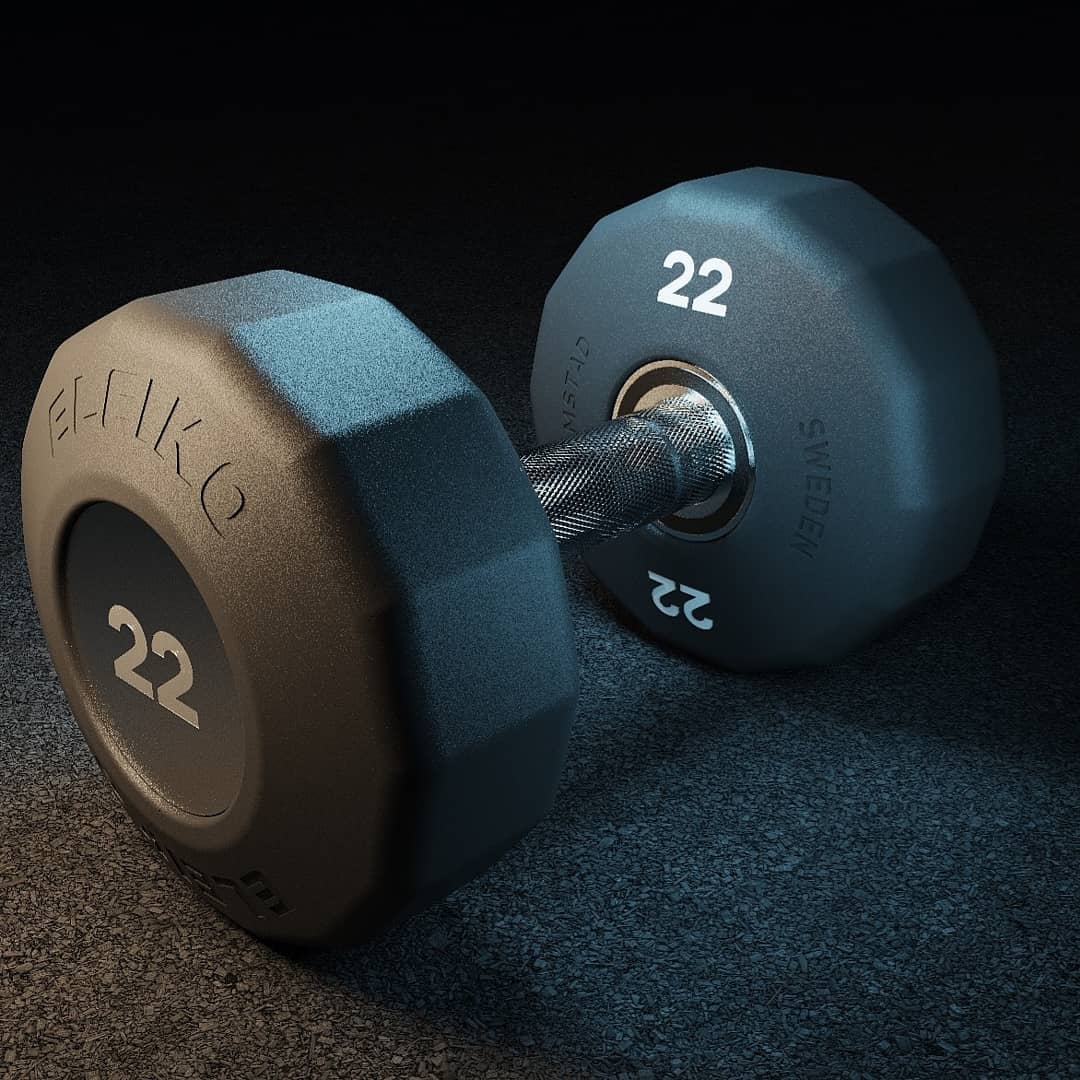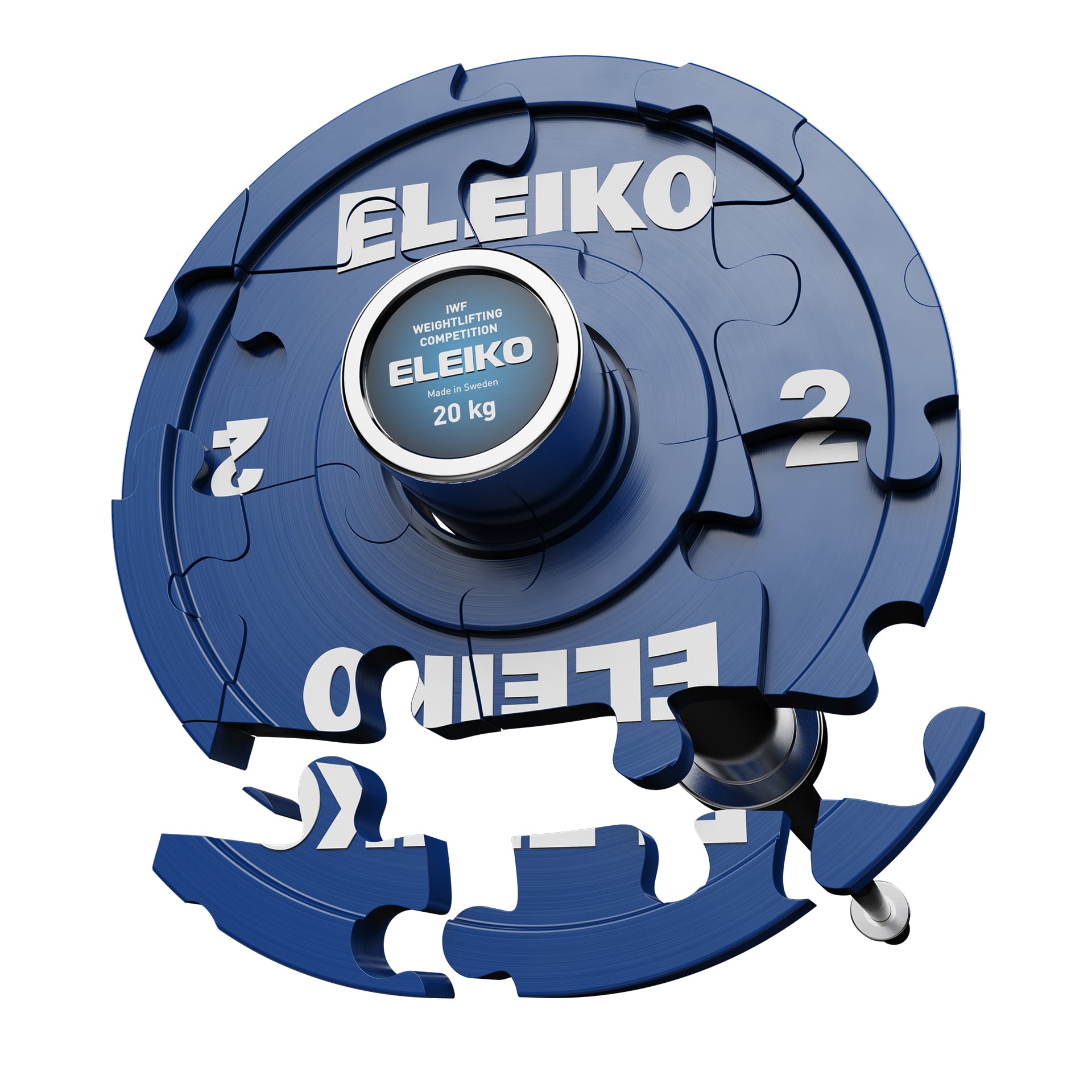A global market, a huge track record of success, an ever-wider product range and customised installations have led to an exponential growth in the need for visuals. Products need to be displayed online in a consistent and easily recognizable manner for the customers. The need for visuals has not only increased in quantity but also in quality. Scandinavian KeyShot resellers and long-term business partner Creative Tools Sweden AB had a chat with Eleiko Sport, leading manufacturer of weightlifting and training equipment, on how KeyShot came to raise the company bar.
eleiko.com/
Henrik Olsen, who works at Eleiko in Halmstad on the Swedish west coast, is in charge of image production. His background as a development engineer and designer qualified him for CAD and design work in SolidWorks at Eleiko.
Previously, when image requirements arose, screenshots were taken directly from SolidWorks. Simple imagery was made ad hoc from SolidWorks with no flow to talk of initially. Things like colors and materials were often questioned by the customer.
“If a customer was on the market for customised equipment like power racks, for example, they’d want to see images and visualisations to speed up the process and make it easier for them to choose. This is where images play a key role.”
Henrik sought – initially for his own design concept – a simple program for realistic renderings of SolidWorks and 3D models. He downloaded a trial version of KeyShot and quickly got a feel for the material, something that had never happened before.
At the same time, Eleiko made the decision to present all their products online together with images. Photography was tested but the result differed too much from one image to the next and the process was too time-consuming. Henrik, who had made a name for himself at Eleiko with his 3D images, took up the challenge. In order to create a workflow from CAD via KeyShot to the final image, Henrik took a course with freelance CG artist, Esben Oxholm. They used existing power racks equipment as course material. Real materials were macro-photographed, and the properties of the different materials were reconstructed using KeyShot’s Material Graph. Together they created a methodology to capture the correct appearance of different materials. An approach and template emerged for how the products would be rendered recurrently. Camera angles, lighting and shadows, and materials were reused for maximum recognition.
After six months of long working days and nights, all product images were rendered and put online. The simplicity and performance of KeyShot was key in achieving this aim.
To develop 3D models of gym layouts, Henrik has tested software like Autodesk 3ds Max and ezDesign/TurboNut, but KeyShot is used exclusively for product images. Other manufacturers have offered their visualisation products, but none have been able to match KeyShot’s output quality and simplicity. If you are looking for a “wow” reaction from a customer, whether during championships or the Olympics, KeyShot will not let you down. KeyShot makes it easy for sales and marketing to customise 3D models and images with private labels to accommodate individual customers. KeyShot is also used to customise product development in SolidWorks.
Any known shortcomings that require workarounds?
Henrik has to think for a while. Well, a problem did arise with 32-bit TIFF renderings when they were embedded into Eleiko’s layout program, but it was solved by first importing the images to Photoshop and then adding a new alpha channel. Henrik thinks the bug actually was in the layout program and not in KeyShot. Apart from this, Henrik cannot recall any other necessary workarounds. Before the function was added to KeyShot as a simple checkbox, Henrik worked with Esben Oxholm on a workaround to get Ground Occlusion.
Henrik likes to work with Displace Geometry Shader. To get the most out of the feature, he uses high-resolution textures purchased online to add the best possible imperfections to the model and renderings. His most wanted feature? He would like to have a built-in solution to generate realistic weld joints. CAD modelling of weld joints with SolidWorks is difficult. Built-in fluid simulations and fluids would be invaluable as well.
Other 3D programs?
SolidWorks is the design program used almost exclusively at Eleiko parallel with KeyShot, but for other clients, Henrik has used KeyShot successfully together with many other CAD programs such as Autodesk Inventor. For Eleiko’s size, the combination of KeyShot and SolidWorks is the perfect fit.
The future?
Eleiko has decided to invest in render farms and additional in-depth courses focused at certain stages in KeyShot. Once these goals have been achieved there will certainly be new, as of yet, unknown goals to be achieved where KeyShot is an important part of the solution. The future of KeyShot has been secured at Eleiko.
About Eleiko
Rooted in a passion for strength, Swedish company Eleiko took a bold leap from making waffle irons to creating the world’s finest barbells and helped shape the world of weightlifting along the way. In 1963, Eleiko blasted onto the world stage by building a weightlifting bar that lasted an entire competition without being damaged or broken – and the weightlifting community took notice. To date, Eleiko has been part of five Olympic Games and hundreds of national and continental championships.






